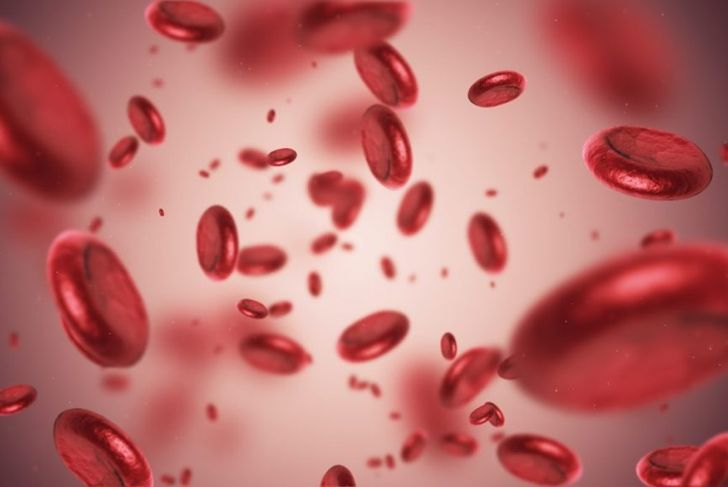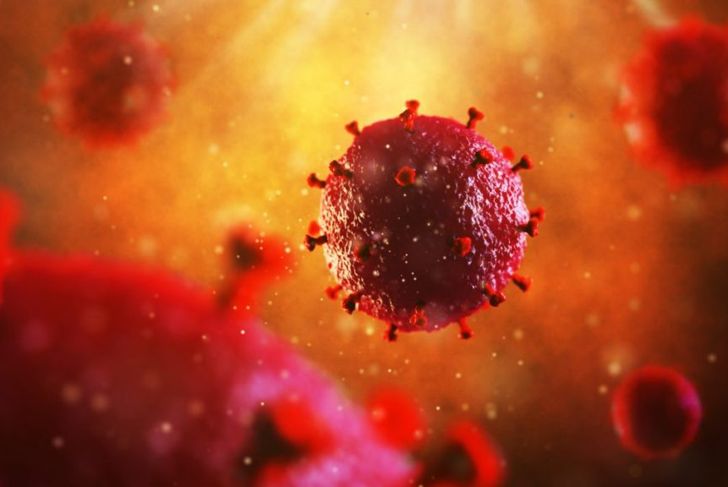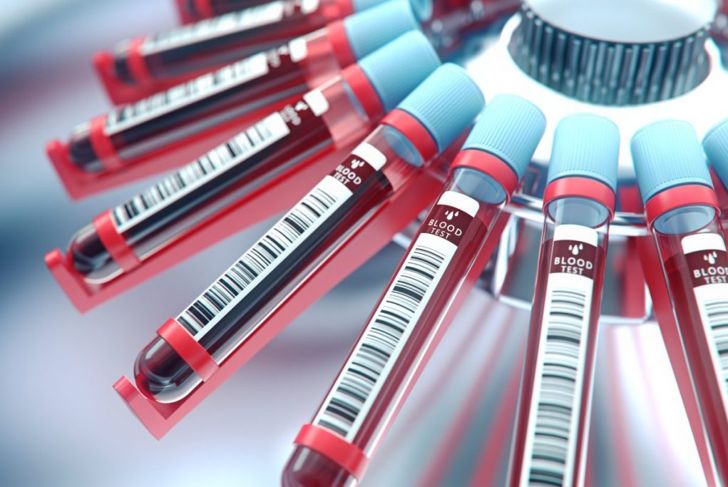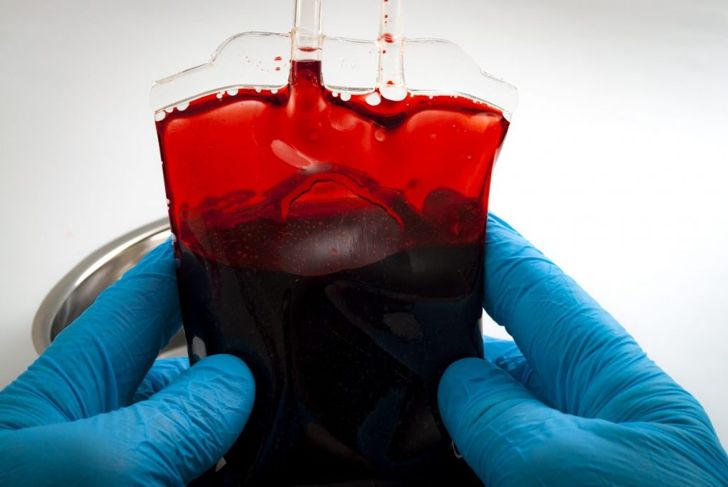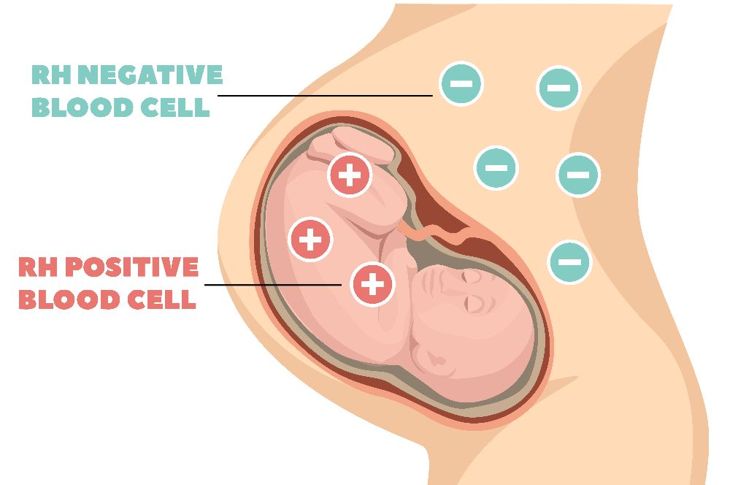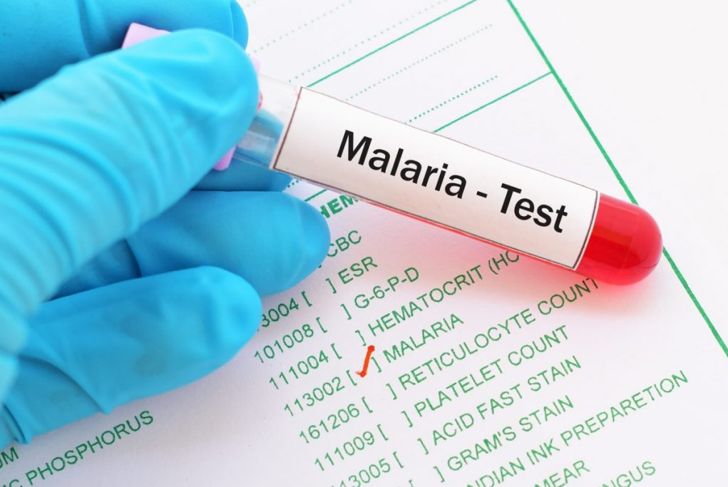Hemolysis is the destruction of red blood cells and the release of their contents into the surrounding fluid. Typically, the lifespan of a red blood cell is 120 days. When the cells die, they are removed from the bloodstream by the spleen and replaced with new red blood cells. However, if hemolysis occurs, red blood cells are destroyed at a faster rate than the body can replace them. This can cause a red blood cell imbalance or hemolytic anemia. There are two types of hemolytic anemia: intrinsic and extrinsic.
What causes intrinsic hemolytic anemia?
Intrinsic hemolytic anemia is often inherited and develops due to a defect in the red blood cells such as sickle cell anemia or thalassemia, problematic membrane production (such as hereditary spherocytosis) or of red cell metabolism (pyruvate kinase deficiency). Anyone can develop hemolytic anemia. However, it seems to be more prevalent among African-Americans compared to Caucasians, probably due to a higher rate of sickle cell anemia among the former demographic.
What causes extrinsic hemolytic anemia?
Extrinsic hemolytic anemia is an acquired condition. In this case, the body produces healthy red blood cells, but another source, such as infection, certain drugs, or issues in the spleen, destroys them. Causes of extrinsic hemolytic anemia include
- Autoimmune disorders (such as lupus, HIV, AIDS, and ulcerative colitis)
- Leukemia or lymphoma
- Burns resulting from infection
- Medications
- Infections (such as hepatitis, E. coli, and typhoid fever)
- Tumors
What are the symptoms of hemolytic anemia?
Many different causes of hemolytic anemia mean many different symptoms. Signs or symptoms common to many affected individuals include abnormal paleness of the skin, fever, dizziness, confusion, and weakness. Less common symptoms include heart murmur, enlargement of the spleen, enlargement of the liver, increased heart rate, jaundice, and dark urine.
How is hemolytic anemia diagnosed?
The diagnosis of hemolytic anemia generally begins with a full review of the patient’s medical history and a physical examination. During the physical exam, the doctor will check for tenderness around the stomach that could suggest an enlarged liver or spleen. If he or she suspects hemolytic anemia, diagnostic tests can confirm. Blood tests can be done to measure hemoglobin count, reticulocyte count, and liver function. Urine tests check for the presence of red blood cells. Finally, a bone marrow aspiration or biopsy can tell the medical practitioner how many red blood cells the body is producing, and what shape they are.
How do doctors treat hemolytic anemia?
Treatment for hemolytic anemia can vary based on the cause and severity of the anemia, the person’s age, and their overall health. Treatment may consist of
- Blood transfusionsto quickly increase the red blood cell count
- IVIG, wherein immunoglobulin is given intravenously to help weakened immune systems fight off infection
- Corticosteroidsto stop the body from making the antibodies which destroy the red blood cells
- Surgery; in some cases, removing the spleen can reduce the speed of blood cell destruction.
What is hemolytic anemia like in newborns?
A condition called hemolytic disease of the newborn (HDN) can occur in a fetus or infant if he or she has a blood type incompatible with the mother. For example, if a mother has a positive blood type and the baby’s father has a negative one, the immune system of the mother can identify the baby’s red blood cells as foreign and develop antibodies. These antibodies attack the baby’s red blood cells and cause them to break down too early in the blood. Diagnosis of HDN requires blood tests on the newborn, mother, and father. Treatment methods include temperature stabilization, phototherapy, and blood transfusions.
What is HELLP syndrome?
HELLP syndrome is an acronym for the symptoms that can develop: hemolysis, elevated liver enzyme levels, and low platelet levels. This rare condition occurs in pregnant women and can become life-threatening. While the exact cause is still unknown, risk factors include preeclampsia. The first symptoms are abdominal pain, severe headaches, excessive vomiting, and nausea. Treatment of HELLP usually includes inducing labor if the baby is close to term.
What is drug-induced immune hemolytic anemia?
Drug-induced immune hemolytic anemia occurs when a medicine causes an autoimmune response, leading the immune system to attack its own red blood cells. Antibiotics, Parkinson’s disease medications, and pain relievers can cause this reaction. The auto-immune response can occur immediately after taking the medication or take a few days to develop. Some of the symptoms of this type of hemolysis include increased heart rate, fatigue, and dark urine. Diagnosis usually includes a physical exam to look for an enlarged spleen, a blood sample, and a urine sample. The most important part of treatment is an immediate cessation of the problematic medication. In severe cases, the patient may require a blood transfusion to replace the red blood cells quickly.
What are infectious hemolytic anemias?
Infections cause infectious hemolytic anemia, specifically parasites such as malaria and bacteria like Bartonellosis. For diagnosis, it is important to know whether the individual had exposure to the infectious source. For example, the doctor will inquire into whether the person recently visited a country with high malaria risk. Treatment can include antibiotics and blood transfusions.
What is autoimmune hemolytic anemia?
Autoimmune hemolytic anemia is an uncommon group of conditions that involve the immune system mistakenly attacking the red blood cells. In half of the cases, the cause is unknown but occurs in conjunction with other disorders, such as lupus. There can be sudden onset, or it can develop gradually over time. In cases where development is slow, people often experience no symptoms, whereas with more rapid onset, jaundice, fever, chest pain, and fainting can occur.

 Home
Home Health
Health Diet & Nutrition
Diet & Nutrition Living Well
Living Well More
More